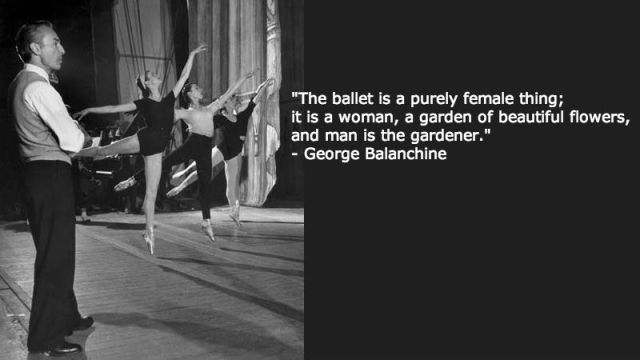Zen and Instagram Yogis

Shunryu Suzuki’s role in spreading Zen Buddhism in America cannot be understated. While he never accomplished the widespread recognition that another Suzuki, Daisetz, achieved a half-century before Shunryu’s arrival in San Francisco in 1959, his dedication to the sitting practice of zazen influenced a generation of seekers interested in the internal mechanisms of quieting one’s mind.
What appealed to more earnest meditators was Shunryu’s devotion to the practice, not the results. The prolific Daisetz often discussed satori, moments of ‘instant enlightenment’ that can occur when sitting with a koan or focusing on one’s breath. Shunryu avoided such discussion, emphasizing the significance of the mundane, everyday discipline.
In this sense, Daisetz was more aligned with Gopi Krishna, who wrote books on the rising of Kundalini from his meditative yoga practice, while Shunryu is closer to Krishnamurti, the Indian philosopher who predominantly shunned ideas of enlightenment for the integrity of the inner work itself. All four of these thinkers contributed greatly to twentieth century spirituality in America, approaching the task of self-realization from different perspectives.
The first abbot of San Francisco’s Zen Center, the organization grew tremendously under Shunryu’s leadership. The offshoots City Center, Green Gulch Farms and the idyllic Tassajara Zen Mountain Center came into being during his time. And while he was not nearly as productive a writer as Daisetz, he did leave behind Zen Mind, Beginner’s Mind, arguably one of the most important texts about the intricate workings of Zen published in the English language.
Rereading this classic work after a number of years, I was struck by the resolute impact of his sparse language. No glamour resides in this slim volume. If he chastises, it is to whittle down excess. The book is a powerful reminder that spirituality, like any religion, is something that one practices, not something one simply is.
Flipping to his chapter on Right Effort, one of Buddha’s prescriptions for living a noble life, Shunryu writes
If your practice is good, you may become proud of it. What you do is good, but something more is added to it. Pride is extra. Right effort is to get rid of something extra.
Lately there have been a number of stories about yoga practitioners and teachers posting an endless stream of photos of themselves in postures on Instagram and amassing large followings, some into the hundreds of thousands. This NY Times story set it off, and Yogadork quickly followed suit with another perspective. Since that time, many others have chimed in.
The essential arguments for snapping posturing selfies include: inspiring others; displaying confidence and courage; the artistic element; alignment tutorials. These are all valid arguments: seeing people doing yoga has a similar effect as posting shots of delicious cuisine. It whets the palate. Some photos can certainly be art. Alignment is sometimes off, though not always. It’s safe to say that most often Instagram yogis are extremely bendable, which is not a proper representation of the larger public that practices yoga.
Whipping out your phone on occasion is harmless. A drunk yoga pic at a party—‘Look, I can handstand after my fourth glass of wine!’—yes, that happens—is much more suspect.
Without making this about the ‘intention’ of the yoga discipline—postures were but a small component of a much larger system—the emphasis on the poses is a bit much. I’m all for exercise and don’t believe that the evolution of yoga into a physical fitness format is a bad thing. Yet when it’s stripped of all other elements and becomes purely about the postures something critical to the practice is lost.
More importantly, it’s the ‘something extra’ that Suzuki referenced. I don’t find it odd that the Buddha and Patanjali both devised eight-step disciplines in achieving a deep self-awakening, the philosophies intersecting at points. Jumping out of your ‘seat’—the original translation of the word asana—to make sure you’re framed properly is not going to help you along either path.
First, something extra needs to be removed.
Image: Yellowj/shutterstock.com





